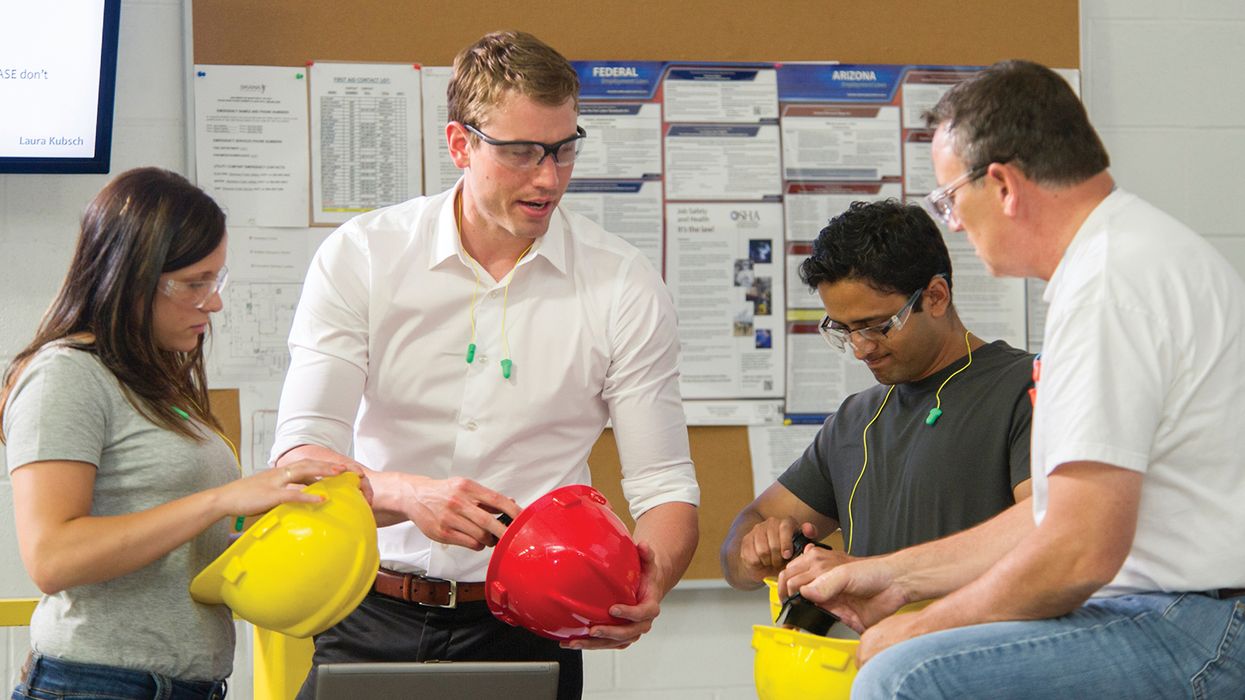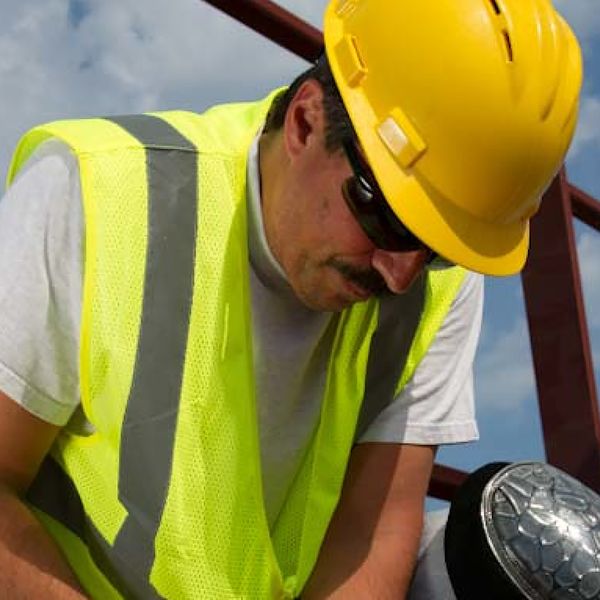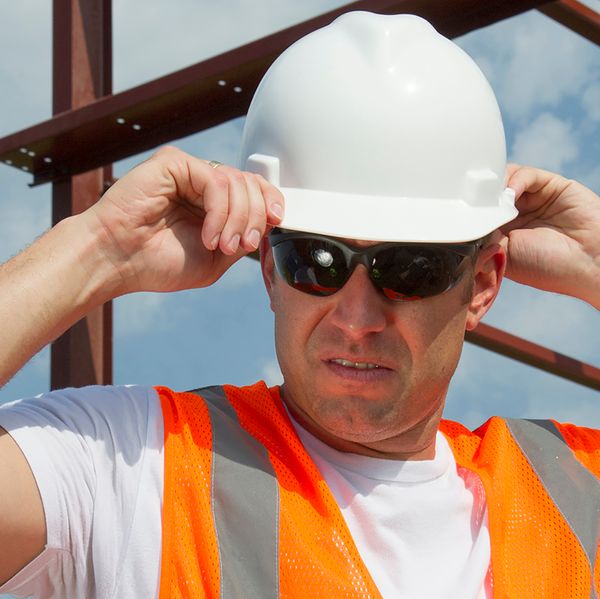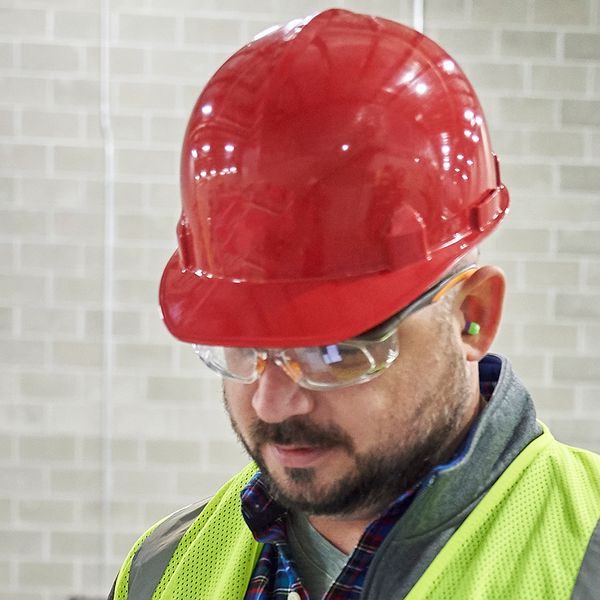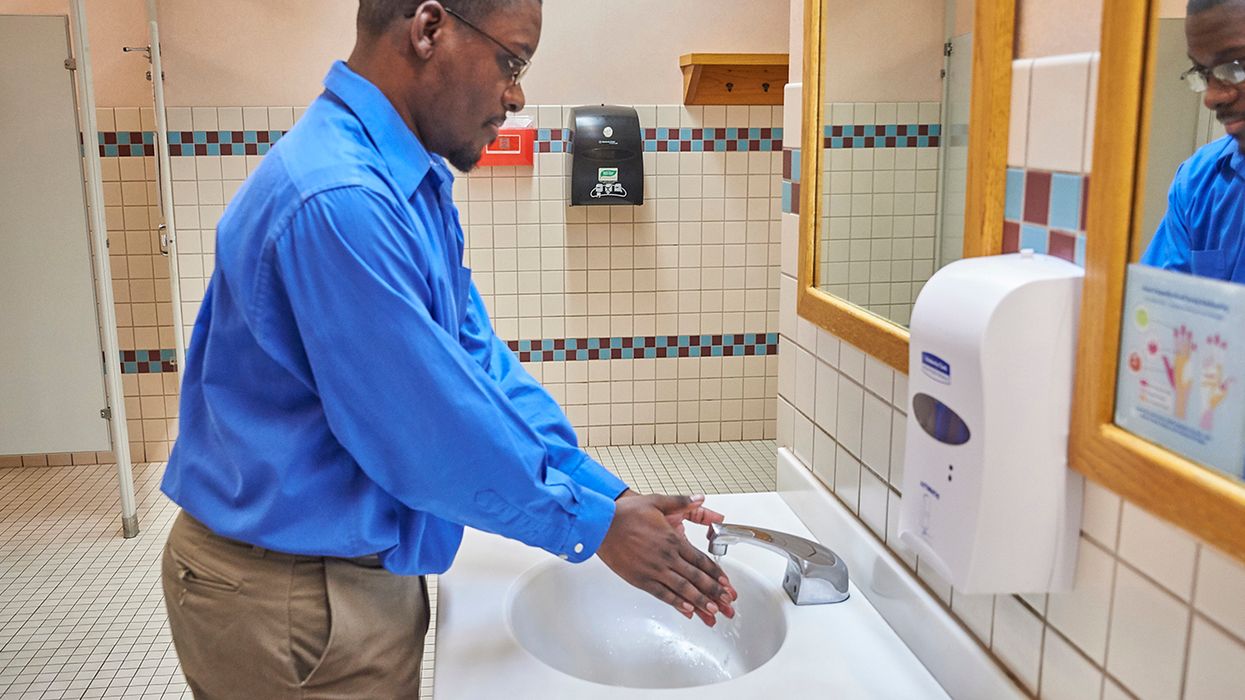Head protection study reveals unprecedented confusion and why you should care
Employers have a vital responsibility to prioritize the safety and well-being of their employees, which includes purchasing the correct head protection. However, a recent study revealed this simple task is often overly complicated and misunderstood. This can leave employers unsure about the specific requirements they need to meet, potentially putting their workers at risk of serious head injuries.
In the Spring of 2024, J.J. Keller & Associates, Inc., along with the International Safety Equipment Association (ISEA), launched a collaborative research study to delve into the practices and challenges employers face when implementing head protection measures that ensure the safety of their workforce. The results of the study revealed that employers have never seen a more confusing time to buy head protection, including:
- Countless options available,
- Many terms that aren’t standardized,
- Confusing mix of standards, and
- Mixed messages from OSHA.
When it comes to purchasing personal protective equipment (PPE), it’s important to decipher the mess and rise above the confusion, over-confidence, and frustration.
Know the standards
The OSHA standards (1926.100 for construction and 1910.132 and 1910.135 for general industry) outline the requirements for head protection. The standards require that head protection be used on a case-by-case basis, depending on the specific operation, worksite, potential hazards, and other circumstances that could cause head injuries.
The ANSI/ISEA standard (Z89.1-2014 (R2019)) covers protective headwear for industrial workers, establishing minimum performance requirements to protect from impact and penetration (and may include protection from high voltage electric shock). It classifies protective helmets according to the specific impact and electrical performance requirements they are designed to meet. The performance criteria provided by ANSI is incorporated by reference in the OSHA standards.
European standards for head protection are typically governed by EN 397:2012+A1:2012. This standard specifies the requirements for industrial safety helmets and covers aspects such as impact resistance, penetration resistance, and shock absorption. It also includes requirements for the chin strap and helmet marking.
Keep up to date
Type I head protection has been the “go-to” choice for protecting workers’ heads for several decades. Once made of aluminum, this type of hard hat is now made of stronger and more durable materials that provide protection from blows to the crown or top of the head.
With its advanced design (including an integrated chin strap), materials, and other features, Type II head protection helps protect workers from blows to the top, front, back, and sides of the head.
When selecting head protection, it’s important to know that ANSI and OSHA revised the classifications as follows:
| Old class | New class |
| Class A | Class G (General) – proof tested at 2,200 volts |
| Class B | Class E (Electrical) – proof tested at 20,000 volts |
| Class C | Class C (Conductive) – provides no electrical insulation |
In a recent move by OSHA, Type II head protection is now required of all agency employees when they’re on inspection sites to better protect them from head injuries. However, this internal decision has no impact on the type of head protection employers may choose. A proper hazard assessment will determine which type and class of head protection to use.
Don’t judge a book by its cover
You can’t determine protection without thoroughly inspecting your PPE. To ensure head protection is adequate for the hazards present, and meets ANSI and OSHA standards, it’s important to read the label. Permanent labels or markings located inside the head protection shell must include the following:
- Manufacturer’s name or identification mark.
- Manufactured date.
- Applicable ANSI standard.
- Type designation (I or II).
- Class designation (G, E, or C).
- Head size range.
- Optional feature markings (LT = low temperature; HT = high temperature; HV = high visibility; two curving arrows that form a circle = reverse wear).
Train the team
The most thorough PPE program will only be effective if employees wear PPE appropriately. Training each employee is the only way to ensure that employees are aware of the purpose of wearing PPE and how the equipment is to be worn. Simply put, the best PPE can’t protect you if it’s not worn, not worn correctly, or not maintained.
Get involved
Safety professionals often carry the voice of the worker, which is critical to the development of standards, product innovations, etc. As technology and safety standards continue to evolve, advancements are being seen across a wide array of PPE products. Because of this rapidly changing environment, it’s important for individuals to get involved with various stakeholders, organizations, and standards boards to have a say in how our industry should move forward in protecting our workers.
Key to remember: Employers must clearly understand the requirements when choosing the correct head protection for the hazards present.

